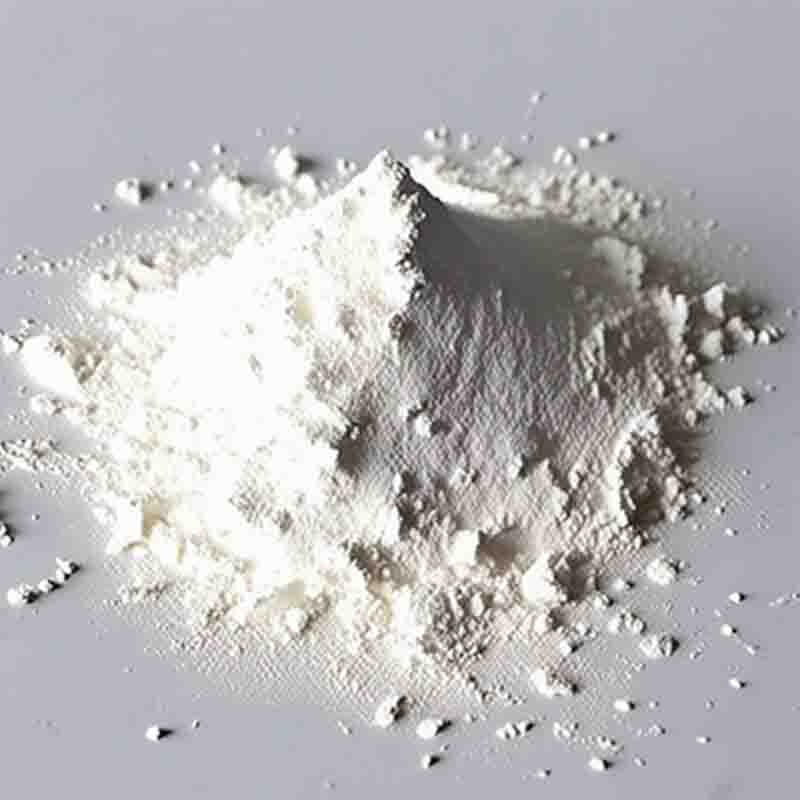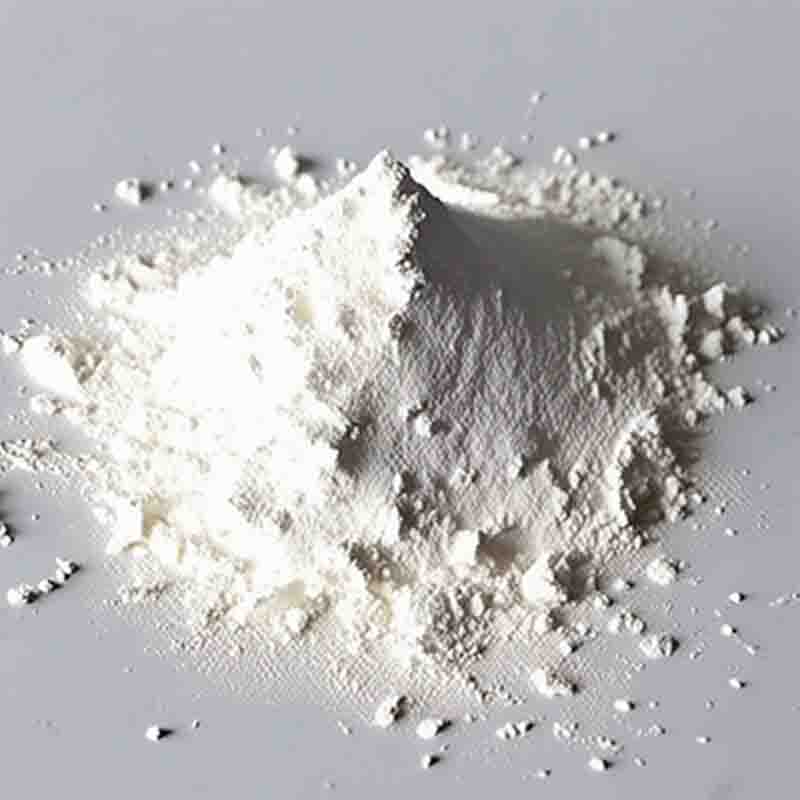2,6-Dimethylbenzyl chloride CAS: 5402-60-8
| Catalog Number | XD94054 |
| Product Name | 2,6-Dimethylbenzyl chloride |
| CAS | 5402-60-8 |
| Molecular Formula | C9H11Cl |
| Molecular Weight | 154.64 |
| Storage Details | Ambient |
Product Specification
| Appearance | White powder |
| Assay | 99% min |
2,6-Dimethylbenzyl chloride is a chemical compound that finds applications in various industries and research fields. It is a versatile compound known for its reactivity and unique chemical properties. Primarily, 2,6-dimethylbenzyl chloride is utilized in organic synthesis, pharmaceutical research, and as a starting material for the production of specialty chemicals.In organic synthesis, 2,6-dimethylbenzyl chloride serves as a valuable building block for the preparation of complex organic compounds. It contains a reactive chlorine functional group that can undergo various reactions, such as nucleophilic substitution, oxidation, and reduction. These reactions allow for the introduction of different functional groups, enabling the synthesis of diverse derivatives. These derivatives can be further utilized for the production of pharmaceutical intermediates, agrochemicals, and specialty chemicals.In the pharmaceutical industry, 2,6-dimethylbenzyl chloride serves as a key intermediate for the synthesis of active pharmaceutical ingredients (APIs). It can undergo reactions to form compounds with pharmacological properties, such as anti-inflammatory, antimicrobial, and anticancer activities. These compounds can be further developed into potential drug candidates or utilized as reference standards for drug testing and analysis.Furthermore, 2,6-dimethylbenzyl chloride finds applications in Agrochemical research and development. It can be utilized to create derivatives that possess pesticidal and herbicidal activities. By modifying the structure of the compound, scientists can develop novel agrochemicals that effectively protect crops from pests or inhibit the growth of unwanted plants, thereby improving agricultural productivity and sustainability.The compound's reactivity and stability also make it suitable for academic research. Its use as a starting material in various reactions and transformations allows researchers to study reaction mechanisms, develop new synthetic methodologies, and explore new applications in organic chemistry.Overall, 2,6-dimethylbenzyl chloride is a valuable compound used in organic synthesis, pharmaceutical research, and agrochemical development. Its reactivity and versatility enable the production of diverse compounds with various applications. From APIs to specialty chemicals, this compound serves as a crucial building block for the development of new and improved products in the chemical industry. Additionally, its utility as a research tool contributes to the advancement of scientific knowledge and the discovery of innovative chemical reactions and processes.









![(1R,2S,5S)—6,6-DiMethyl-3-aza-bicylo[3.1.0]hexane-2-carboxylic acid Methyl ester hydrochloride CAS: 565456-77-1](https://cdn.globalso.com/xdbiochems/白色粉末1127.jpg)